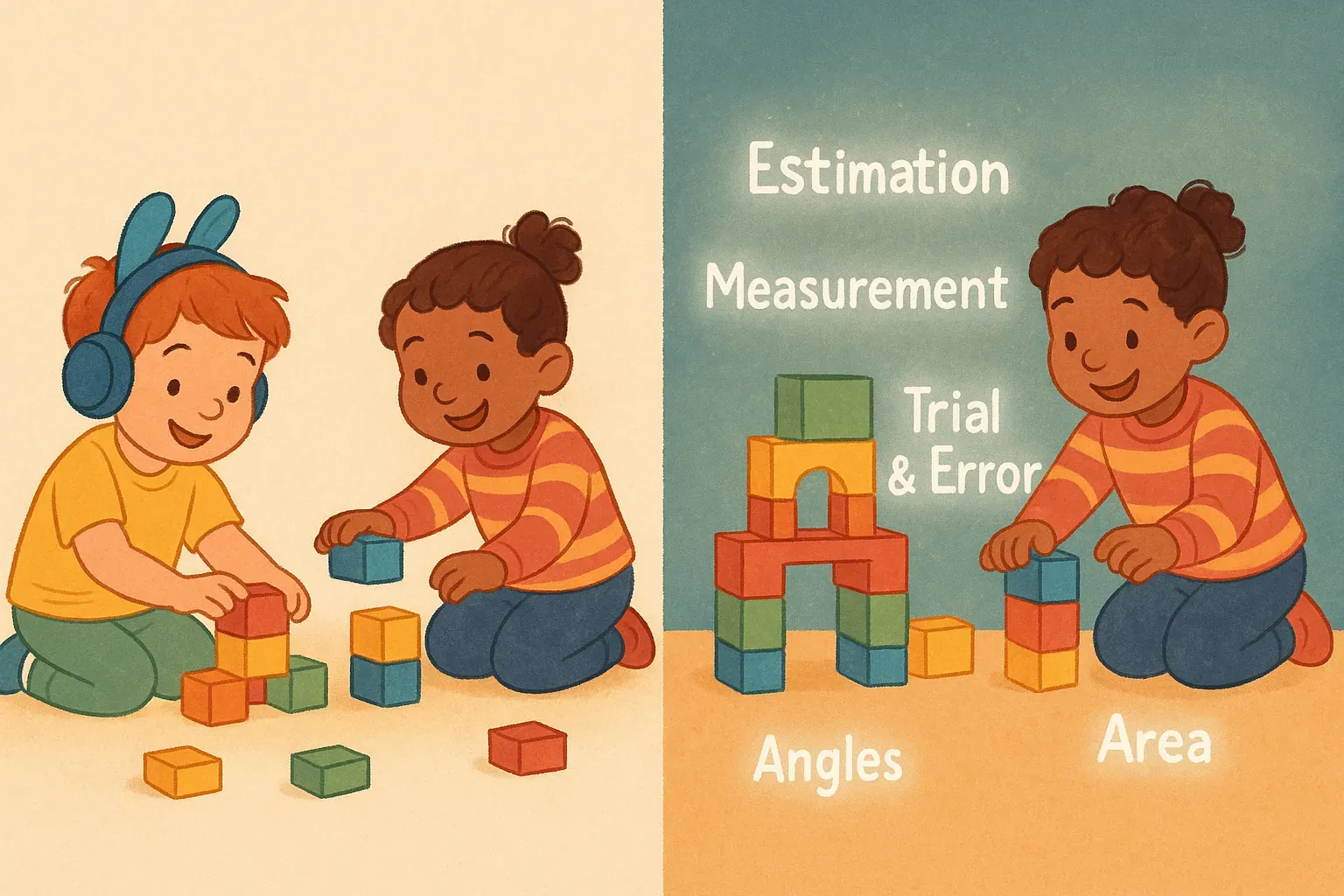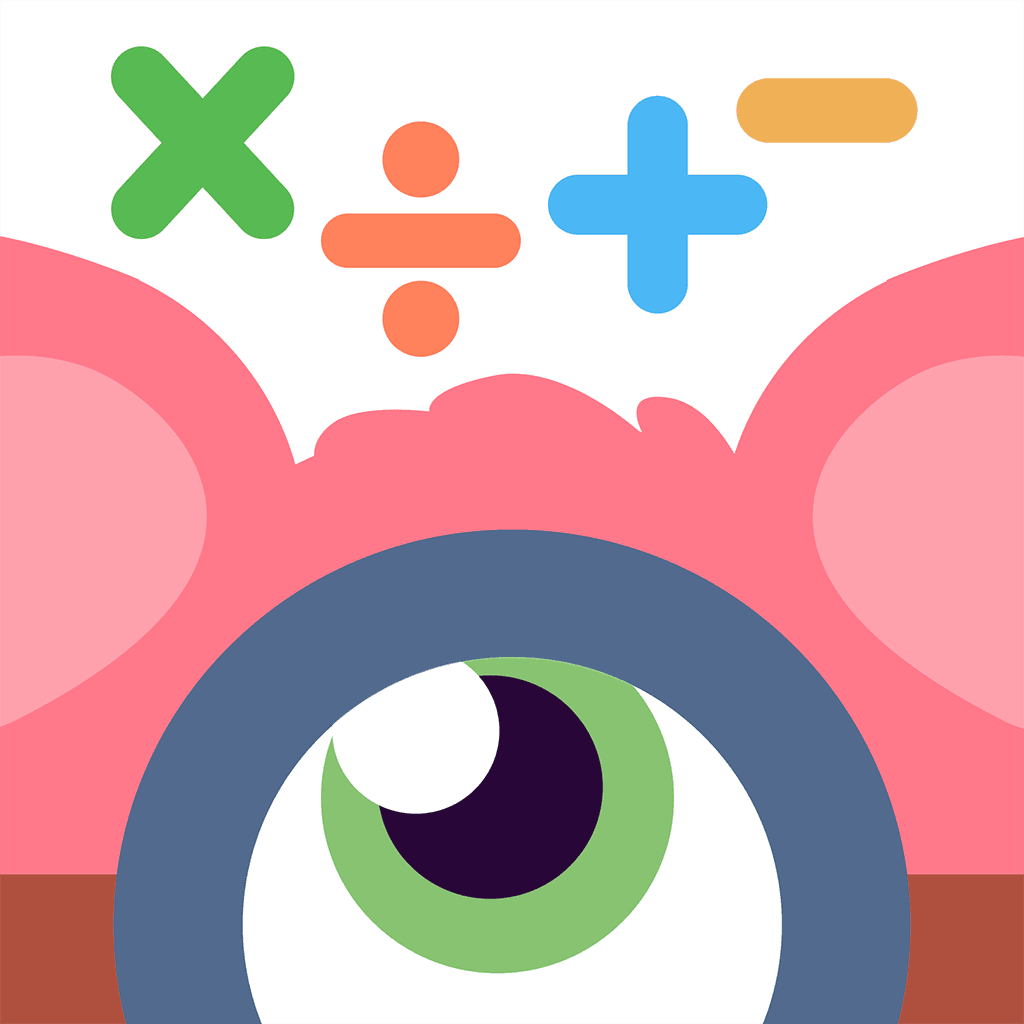Project-Based Math: Mini-Engineering Challenges for Kids with Autism, ADHD & Dyscalculia
TL;DR
Project-based math through mini-engineering challenges offers a fun and effective way to help children with Autism, ADHD, and Dyscalculia build their math skills. These hands-on activities engage multiple senses, allow for creativity, and can be tailored to individual strengths, making learning more accessible and enjoyable. Supported by peer-reviewed research, this approach can improve engagement, skill acquisition, and confidence in math for neurodiverse learners.
Introduction
Math can be a challenging subject for many children, but for those with Autism, Attention Deficit Hyperactivity Disorder (ADHD), and Dyscalculia, it can be particularly daunting. Traditional teaching methods often rely on abstract concepts and memorization, which can be difficult for neurodiverse learners. Project-based learning (PBL) offers a different approach by integrating math into hands-on, real-world projects that make concepts tangible and meaningful.
Mini-engineering challenges are a perfect example of project-based math, as they require planning, building, and problem-solving—skills that are inherently mathematical. This blog post explores how PBL through mini-engineering challenges can benefit children aged 5-10 with Autism, ADHD, and Dyscalculia, providing practical activities for parents to implement at home, supported by peer-reviewed research with clinical data.
Why Project-Based Math?
Project-based learning is an instructional approach where students tackle complex, real-world problems through active exploration and creation. Unlike traditional instruction, PBL emphasizes doing over memorizing, allowing children to apply math in practical contexts.

For children with Autism, ADHD, and Dyscalculia, PBL offers several advantages:
- Engages Multiple Senses: Hands-on activities stimulate tactile, visual, and auditory learning, which can be particularly helpful for children who struggle with abstract concepts.
(read more about Visual Math strategies that can help Neurodivergent kids) - Promotes Creativity: PBL allows children to express their ideas in various ways, fostering creativity and innovation.
- Tailored to Strengths: Projects can be adapted to match a child's interests and strengths, making learning more relevant and motivating.
- Builds Executive Functioning Skills: Planning, organizing, and executing a project help develop executive functioning skills, which are often challenging for children with ADHD and Autism.
A meta-analysis by Li and Tsai (2017) found that PBL has a medium to large positive effect on students' academic achievement compared with traditional instruction, with an overall mean weighted effect size (d+) of 0.71 PBL Meta-Analysis. While specific studies on PBL for Autism, ADHD, and Dyscalculia are limited, research on hands-on learning and related strategies supports its potential for these populations.
For Autism
Children with Autism often have intense interests and prefer structured tasks. PBL can leverage these traits by aligning projects with their passions, such as building a model train, and providing clear, visual instructions to reduce anxiety. A study by Chen et al. (2021) examined peer engagement in an inclusive engineering education program, the Maker Club, involving 17 middle school students (7 with Autism). The study found improved engagement and skill acquisition, suggesting PBL’s potential for math learning [Maker Club Study]. Additionally, Haas et al. (2019) demonstrated that peer-mediated interventions, which share collaborative elements with PBL, support academic learning in children with Autism [Peer-Mediated Autism].
For ADHD
For children with ADHD, PBL’s active, multisensory nature helps maintain attention through short, focused tasks and opportunities for movement. Research on active learning strategies supports its use, even if direct studies on PBL for math in ADHD are scarce. A study by Anton et al. (2016) found that children with ADHD benefit from interactive, engaging instruction, which aligns with PBL’s hands-on approach [ADHD Math Predictors]. Furthermore, a systematic review by Devine et al. (2017) on interventions for Dyscalculia highlighted the importance of hands-on and visual-spatial strategies, which are integral to PBL and are also applicable to kids with ADHD [Dyscalculia Interventions].
For Dyscalculia
Dyscalculia, a learning disability affecting number sense and spatial reasoning, benefits from physical manipulatives that make abstract concepts concrete. The systematic review by Devine et al. (2017) included studies on hands-on interventions, such as using manipulatives like blocks and puzzles, which are key components of PBL [Dyscalculia Interventions]. Additionally, a study by Kucian et al. (2020) on a computer-based learning program for children with Dyscalculia showed improvements in arithmetic operations and number line estimation, suggesting that interactive, hands-on approaches (digital or physical) could be effective [Dyscalculia Program].
(Read more on How to build Number Sense for kids with Dyscalculia.)

Mini-Engineering Challenges
Below are 12 mini-engineering challenges designed for home use, each targeting math skills while being engaging and adaptable for children with Autism, ADHD, and Dyscalculia. These activities draw from general PBL practices and are tailored based on effective strategies for each condition.
Challenge | Description | Math Skills | Adaptations |
|---|---|---|---|
One Sheet of Paper | Create a 3D object from a single sheet. | Spatial reasoning, 2D vs. 3D | Dyscalculia: Use templates. ADHD: Set timer. Autism: Visual instructions. |
Journal Making | Sew a journal with paper and thread. | Measurement, arithmetic | Dyscalculia: Pre-cut materials. ADHD: Use checklist. Autism: Step-by-step guide. |
Intro to 3D Printing | Stack materials to simulate 3D printing. | Layering, spatial awareness | Dyscalculia: Use blocks. ADHD: Allow movement. Autism: Solo or paired work. |
Wooden Blocks | Build 3D shapes or letters. | Geometry, spatial concepts | Dyscalculia: Numbered blocks. ADHD: Set goal. Autism: Visual example. |
TinkerCAD | Design a 3D model online. | Digital design, CAD | Dyscalculia: Simple shapes. ADHD: Short sessions. Autism: Provide tutorials. |
Paper Circuits | Create a circuit to light an LED. | Electronics, circuit design | Dyscalculia: Pre-made parts. ADHD: Clear visuals. Autism: Quiet space. |
LED Greeting Cards | Make cards with circuits. | Art, circuit design | Dyscalculia: Simplify circuits. ADHD: Creative freedom. Autism: Choose theme. |
Motors | Build a vibrating device. | Mechanics, physics | Dyscalculia: Visual aids. ADHD: Hands-on exploration. Autism: Clear purpose. |
Final Project Planning | Sketch a project idea. | Planning, creativity | Dyscalculia: Graph paper. ADHD: Mind map. Autism: Interest-based. |
Prototyping | Build prototypes with materials. | Iteration, problem-solving | Dyscalculia: Measuring tools. ADHD: Small goals. Autism: Quiet space. |
Digital Prototyping | Transfer prototype to TinkerCAD. | Digital skills, 3D modeling | Dyscalculia: Use physical model. ADHD: Break tasks. Autism: One-on-one support. |
Presentation | Create a project poster. | Communication, reflection | Dyscalculia: Visual focus. ADHD: Flexible presentation. Autism: Scripted guide. |
How to Implement at Home
Implementing these mini-engineering challenges at home is straightforward and can be a fun family activity. Here are some tips:
- Provide Materials: Gather household items like paper, scissors, glue, or blocks. For circuits, affordable kits are available online.
- Set Up a Workspace: Create a dedicated, distraction-free area, especially important for children with ADHD or Autism.
- Offer Guidance: Help your child start but encourage them to lead as much as possible to build independence.
- Make It Fun: Relate projects to your child’s interests, like designing a superhero-themed circuit, to keep them engaged.
- Celebrate Effort: Praise the process, not just the outcome, to boost confidence, particularly for children with Dyscalculia.
FAQ
Q: What if my child is not interested in engineering?
A: Adapt projects to their interests, such as art or cooking, while maintaining math objectives. For example, measure ingredients for a recipe to practice fractions.
Q: How can I ensure the activities are educational?
A: Set clear math goals, like calculating dimensions or counting components. Integrate specific skills, such as geometry or arithmetic, into each project.
Q: What if my child struggles with these projects?
A: Break tasks into smaller steps, use visual aids, and provide positive reinforcement. Consult teachers or specialists for additional support if needed.
Q: Where can I find more resources?
A: Check the references below or search for “project-based learning for neurodiverse learners” online. Educational websites and teacher resources often provide additional ideas.
You can also consider using educational Math games and alternating them with hands-on learning so there's some variety for your child.
Conclusion
Project-based math through mini-engineering challenges offers a powerful way to engage children with Autism, ADHD, and Dyscalculia in learning. By providing hands-on, creative, and tailored activities, parents can help their children build math skills while having fun. Although specific peer-reviewed studies with clinical data on PBL for these conditions are limited, general research on hands-on learning supports its potential. Start small, use everyday materials, and celebrate your child’s efforts to foster a love for math.
References
- Li, Y., & Tsai, C. C. (2017). Revisiting the effects of project-based learning on students’ academic achievement: A meta-analysis investigating moderators. Educational Research Review, 20, 71-88. PBL Meta-Analysis
- Chen, Y., et al. (2021). Exploring interpersonal and environmental factors of autistic adolescents’ peer engagement in integrated education. Journal of Autism and Developmental Disorders, 51(10), 3541–3554. Maker Club Study
- Haas, A., Vannest, K., & Smith, S. D. (2019). Utilizing Peers to Support Academic Learning for Children With Autism Spectrum Disorder. Behavior Analysis in Practice, 12(3), 734–740. Peer-Mediated Autism
- Anton, R., et al. (2016). Neurocognitive and Behavioral Predictors of Math Performance in Children with and without ADHD. Journal of Attention Disorders, 20(2), 108–118. ADHD Math Predictors
- Devine, A., et al. (2017). A systematic review of interventions for children presenting with dyscalculia in primary schools. Educational Psychology Review, 29(3), 573–592. Dyscalculia Interventions
- Kucian, K., et al. (2020). Efficacy of a Computer-Based Learning Program in Children With Developmental Dyscalculia. Frontiers in Psychology, 11, 1945. Dyscalculia Program

